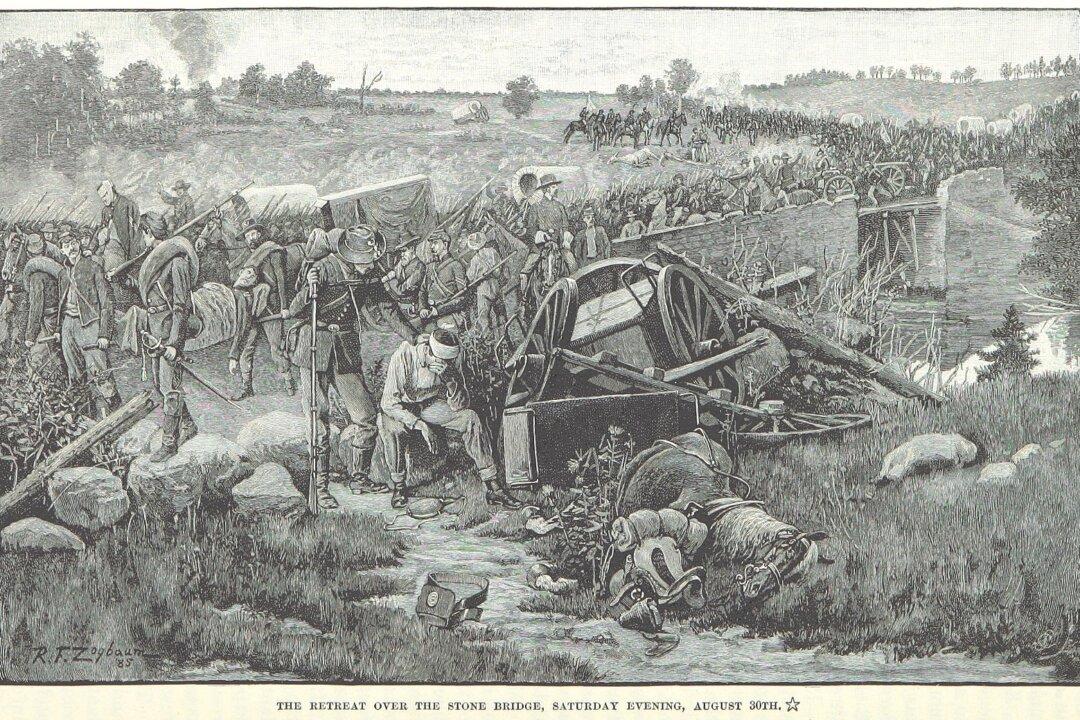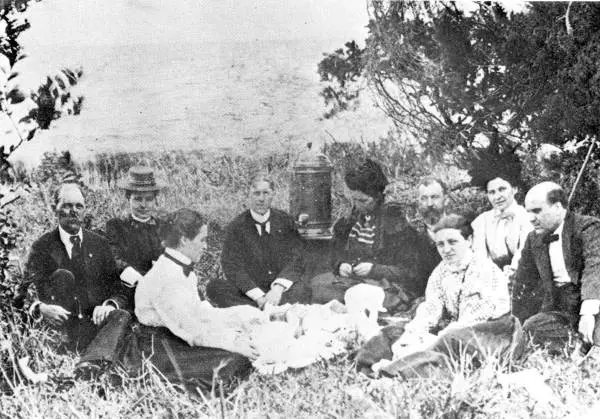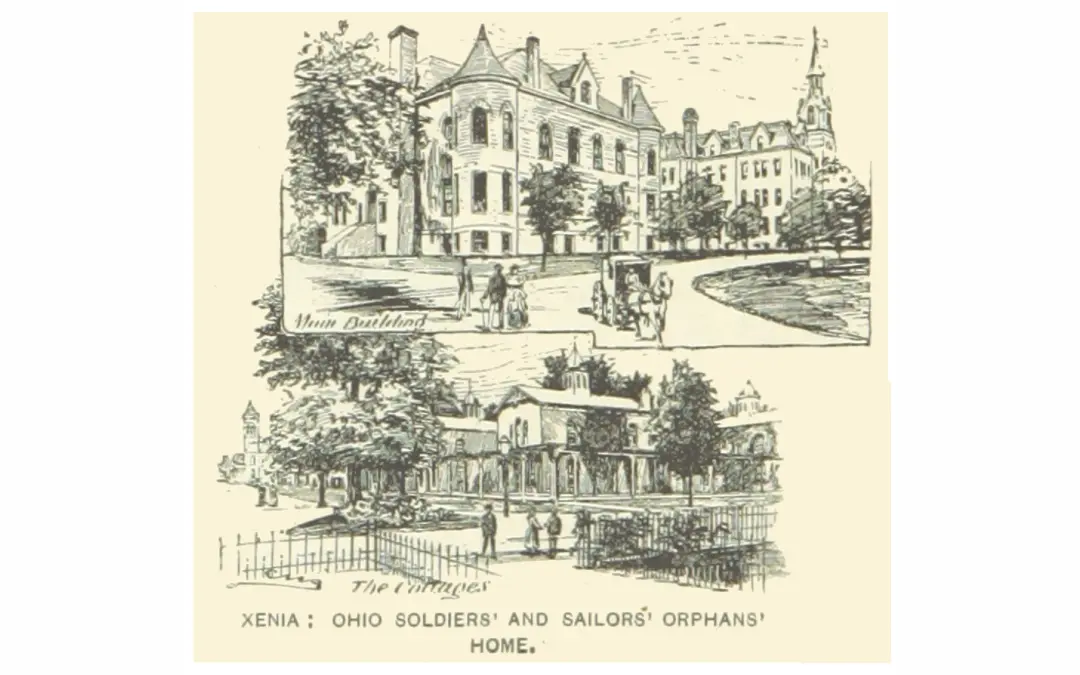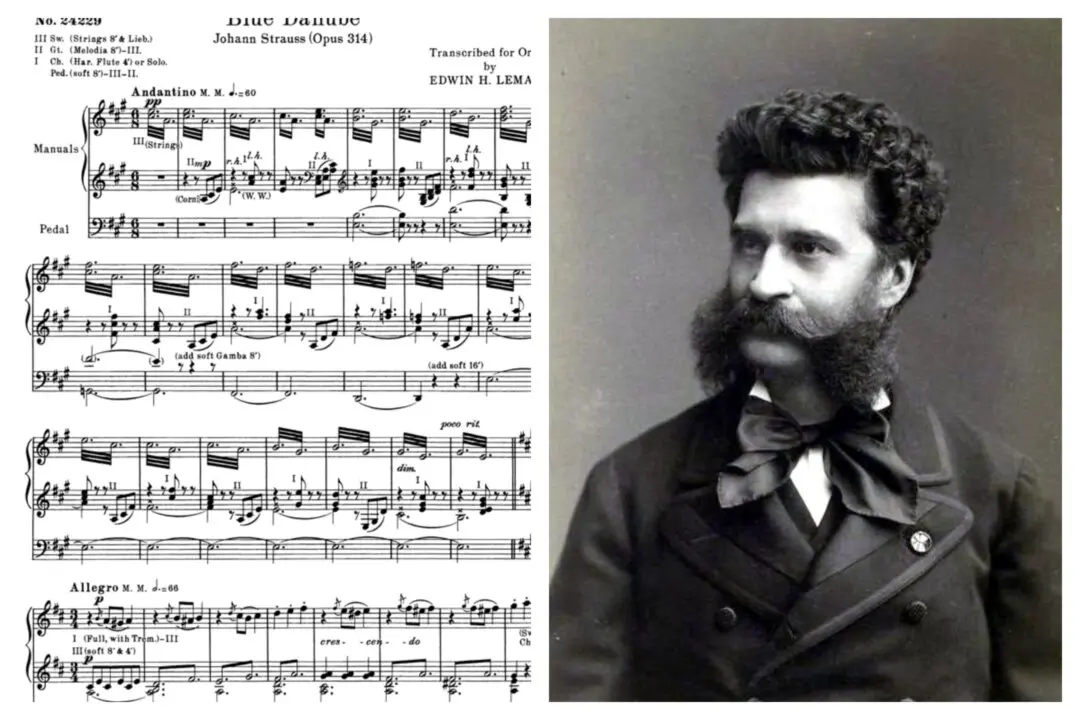“Only the dead have seen the end of war,” Plato wrote. Fortunately, this isn’t always true. The end of the Civil War brought a half-century of peace and prosperity for many Americans. One of these was Rufus Dawes, a participant in the conflict. Though war always haunts those who live through it, he went on to find joy in family and business.
Dawes is largely remembered for his wartime actions, which he described in his classic memoir, “Service With the Sixth Wisconsin Volunteers.” This legendary regiment, which saw some of the worst fighting of the war, is better known by its nickname: “The Iron Brigade.”





